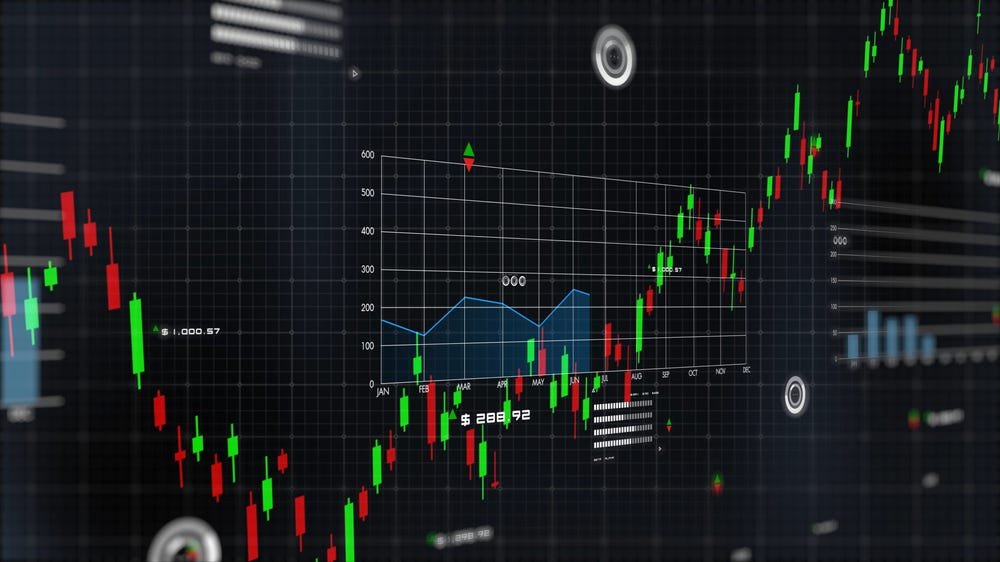Understanding Crypto Trading Indicators Your Guide to Profitable Trading

Understanding Crypto Trading Indicators
In the fast-paced world of cryptocurrency trading, having the right tools at your disposal can make all the difference in maximizing profits and minimizing risks. Among these tools are crypto trading indicators, which are analytical tools that provide insights into market trends, helping traders make informed decisions. Whether you’re a novice or an experienced trader, understanding how these indicators work is crucial to your trading success. To learn more about useful resources, you can Crypto Trading Indicators visit website that offers valuable insights about trading.
What are Crypto Trading Indicators?
Crypto trading indicators are statistical tools that traders use to analyze market data and predict future price movements. These indicators can be based on historical price movements, trading volume, or other market activity metrics. By utilizing these indicators, traders can identify trends, potential reversals, and market strength, thereby informing their buy and sell decisions.
Types of Crypto Trading Indicators
1. Trend Indicators
Trend indicators help traders understand the direction of the market, determining whether it is in an uptrend, downtrend, or ranging. Popular trend indicators include:

- Moving Averages (MA): These smooth out price data to identify the direction of the trend over a specific period.
- Average Directional Index (ADX): This measures the strength of a trend, helping traders understand whether to follow or avoid the current trend.
2. Momentum Indicators
Momentum indicators assess the speed of price movements, guiding traders in identifying overbought or oversold conditions. Key momentum indicators include:
- Relative Strength Index (RSI): A popular oscillator that ranges from 0 to 100, indicating overbought (>70) or oversold (<30) conditions.
- Stochastic Oscillator: Compares a particular closing price of a cryptocurrency to a range of its prices over time, helping to identify potential reversals.

3. Volume Indicators
Volume indicators analyze the trading volume to confirm trends and strength. Some common volume indicators are:
- On-Balance Volume (OBV): This aggregates buying and selling pressure to show how volume affects prices.
- Accumulation/Distribution Line (A/D Line): This indicator takes both price and volume into account to show the cumulative flow of money into and out of an asset.
How to Use Crypto Trading Indicators
While indicators are powerful tools, they should not be used in isolation. Here’s how to effectively incorporate them into your trading strategies:
- Combine Indicators: Use multiple indicators to confirm signals. For example, a trend indicator could be used with a momentum indicator to validate the strength of a potential move.
- Understand Market Context: Always consider the broader market context and news that may affect prices. Indicators can provide insights, but external factors can drive market movements unexpectedly.
- Backtest Strategies: Before using any trading strategy based on indicators, backtest it against historical data to evaluate its effectiveness.
Common Mistakes to Avoid
Many traders, particularly those new to crypto, can fall into certain traps when using indicators. It is critical to avoid:
- Over-reliance on Indicators: Relying solely on indicators without incorporating other forms of analysis can lead to poor decision-making.
- Neglecting Market Fundamentals: While indicators provide essential insights, understanding market fundamentals is equally important for long-term success.
Conclusion
Crypto trading indicators are invaluable tools for traders looking to navigate the complex cryptocurrency markets. By understanding the different types of indicators and how to use them effectively, you can enhance your trading strategies and make more informed decisions. Always remember to complement your use of indicators with fundamental analysis, backtesting, and a robust risk management strategy. As the crypto market continues to evolve, those who adapt and refine their trading approaches will be best positioned for success.
